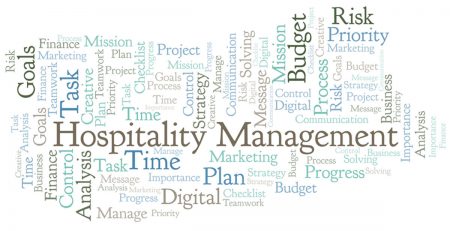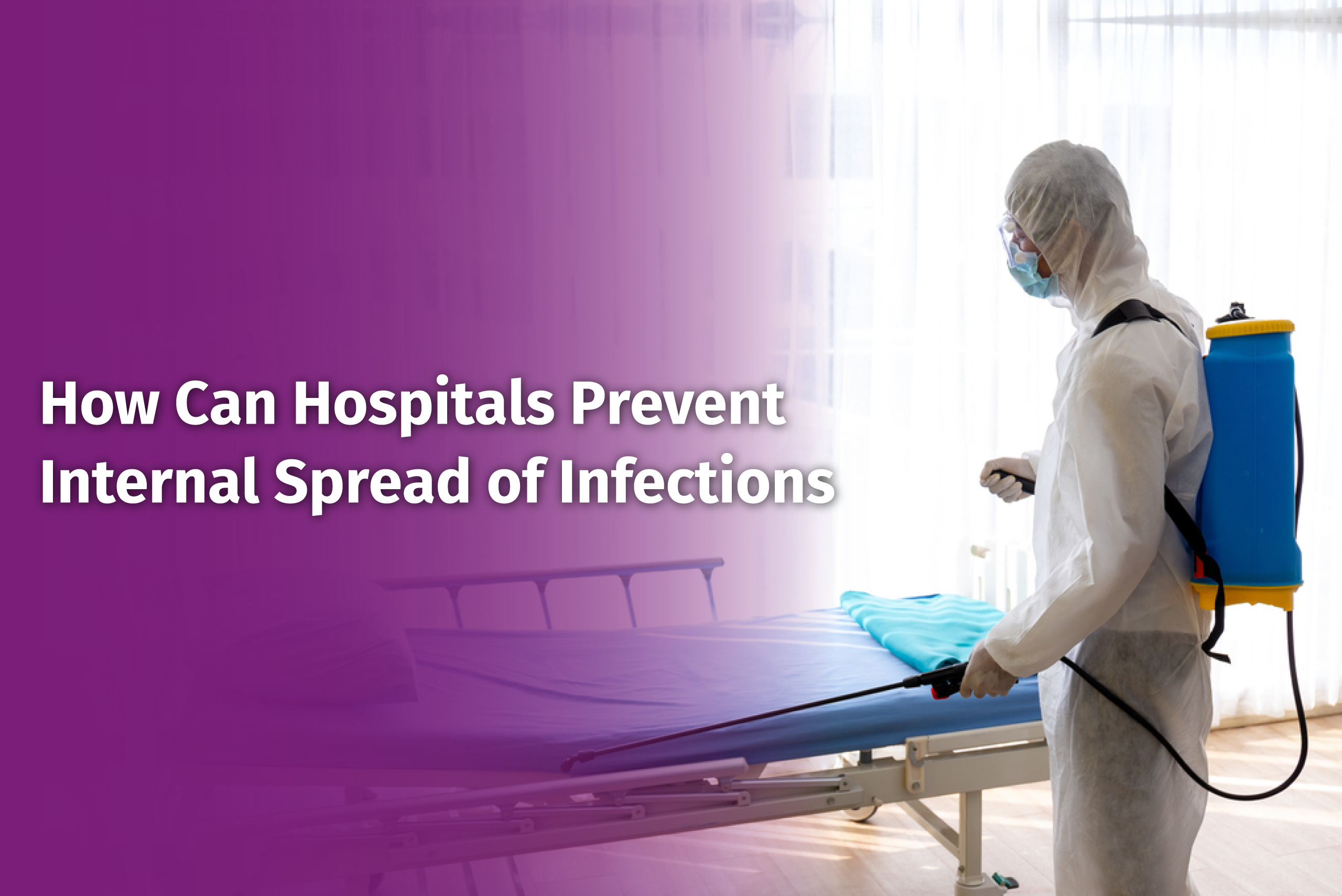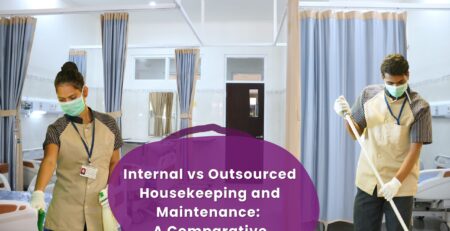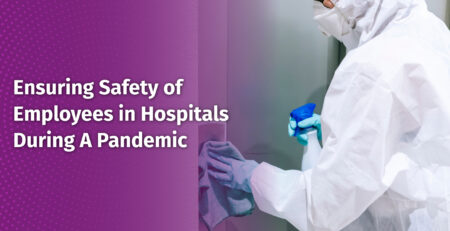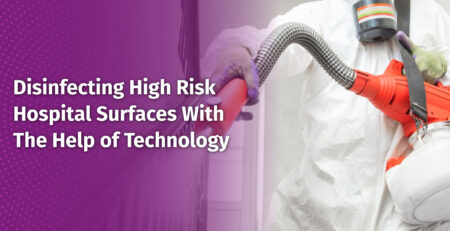Hygiene Management in Offices in the Post-Pandemic Era
How Should Offices Manage Hygiene Post-Pandemic?
On average, people spend roughly around 9 hours a day in their workplace. If the workplace is not clean and hygienic, employees may fall sick repeatedly, which is not suitable for the organization or its employees. NOt only do sick employees reduce productivity in an organization, but the overall image of n organization is also compromised.
While workplace hygiene is essential for any organization, with the covid-19 pandemic inching towards a slow end, this has become a primary priority for office management.
Before organizations start calling people back to work, they need to make sure that the workplace has hygienic conditions for employees to work.
Returning employees would also expect their employers to provide hygienic conditions for them to work.
This article explores the steps organizations can take to create a hygienic environment for their employees to return to work.
Steps To Implement Hygiene Management In Offices
There are many steps an organization can take to make the place more post-pandemic friendly. The first is to equip the entire office with sanitizers and antibacterial wipes. Then, even if the pandemic seems to be at an end, it is a preventive measure to keep your offices stocked with disposable masks. Other than these basic safety essentials, office management can put a few fundamental guidelines into practice.
1. Cleaning Schedule Optimization For Frequent Rounds
It is essential to implement an organization-wide hygiene policy that clearly states the necessary protocols to be followed. In addition, the policy can help the facility management define effective cleaning schedules and teams to optimize hygiene in the office.
Rather than one cleaning team, the office management team can appoint multiple cleaning teams and assign them to different parts of the office. For example, one team can keep the washrooms neat, while another team can be assigned to the kitchens. The teams could again be split into multiple subsets and work in shifts to maintain hygiene standards.
2. Digitization Of The Workplace To Make It More Hands-Free
The pandemic has reinforced the need for automation and digitization in offices. Although the actual pandemic saw great strides in digital means like video conferencing and sharing tools, the trend should be further embraced in the post-pandemic era.
Even in getting employees back to the office, digitization would be beneficial. For instance, rather than employees needing to open doors with their hands, ID cards could be changed to smart cards for rapid detection. Push/pull doors can be changed to automatic doors. Biometrics functions can be implemented at entrances to negate the need for ID cards.
Even inside the office premises, organizations can use IoT and sensors to detect surfaces that need to be cleaned, check the number of employees in the office, and help monitor temperature and surface symptoms.
3. A Hybrid Working Model To Reduce Workspace Utilization
In the post-pandemic era, offices can implement a hybrid working model rather than open the doors of the offices to all employees at once. Additionally, a hybrid model can bring employees back to the office in rotation. As a result, not only can offices reduce their workplace utilization, but this also helps organizations keep the office premises clean and hygienic.
No one model fits all while considering the hybrid working model. Organizations need to understand how the model can be modified to serve their operational needs and productivity. Organizations also need to ensure that the hybrid working conditions are not tipped in favor of only a few employees. All employees need to be treated the same without discrimination.
4. A Proper Waste Disposal System
While waste management systems are essential, the pandemic has brought them to the forefront. Therefore, it is essential that facility management in offices can implement robust policies to dispose of waste and keep the surroundings hygienic. This can help in making the workplace safer for employees returning to work.
Cleaning teams should be notified and asked to empty bins from the office space and employees’ workstations regularly.
5. Air Quality Control Inside The Premises
Poor air quality is a hazard to employees’ continued safety and health in an office. Poor indoor air quality in offices could result in respiratory illnesses or other air-borne problems. It is an additional concern, especially when people are expected to come back to work from the office after the Covid-19 pandemic.
A few tips that management can implement to improve air quality inside the office are –
- whenever possible, allow natural air in and provide appropriate ventilation for good quality air circulation.
- Increasing the number of indoor plants can help clean up the air in the workplace.
- Cleaning teams should regularly clean air ducts and remove dust particles from spreading in the office premises.
- Restricting smoking areas beyond the workplace.
6. Educate Employees About Hygiene Practices
Lastly, it is not enough that only the office manager takes measures to keep the organization’s premises clean and hygienic. In addition, the management needs to educate its returning employees about the hygiene policies implemented to keep the office clean and how the employees can contribute to the efforts.
Cameras and other IoT devices in offices help ensure that employees are making an effort to keep the offices clean.
Conclusion
The office is an environment that is shared among many employees. Therefore, when employees are expected to return to the office in the post-pandemic era, it is the responsibility of the organizations that the space they return to is hygienic and will not affect their health negatively.



